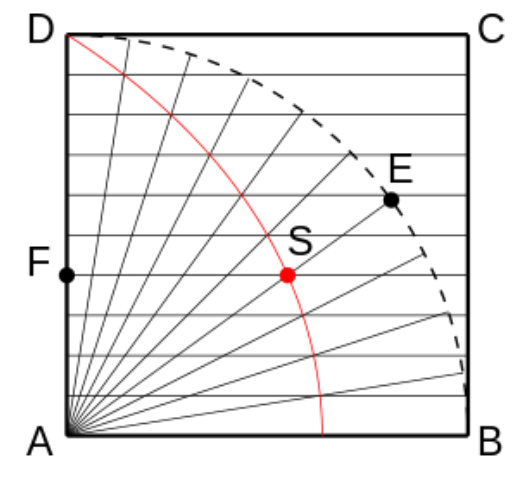What are Special Curves?
Special curves are any curves with well know properties. Loosely speaking, they are “interesting” for one reason or another [1]. Special curves range from the fairly simple (circles, ellipses, and hyperbolas) to the relatively complex (algebraic curves, butterfly curves, and the Peano curve). They have a multitude of possible features (they aren’t necessarily “curved”) like straight lines, cusps, and singularities.
Many ancient curves are special, including Cissoid of Diocles, Conchoid of Nicomedes, and Quadratix of Hippias.

There are a plethora of modern special curves, and new ones are being discovered all the time… sometimes in different dimensions; For example the Smarandache curve is a complicated curve defined in space-time by Tugut & Yilmaz in 2008 [2].
Coordinate Systems for Special Curves
The three most popular choices for coordinate systems are parametric, Cartesian, and Polar. Three other systems that are sometimes used are pedal coordinates, intrinsic coordinates, and the bipolar coordinate system.
Many times, you have a choice of coordinate systems for special curves. Which one you choose largely depends on which coordinate system you’re comfortable using and what exactly it is you are trying to do. Each of the different systems has unique advantages. For example, curve tracing and finding derivatives are possible in the parametric system, while you can find a slope and perform translations easily in the Cartesian system.
According to Lawrence [1], you simply may want to choose the coordinate system that simplifies the equation. That way you can avoid getting lost in the algebraic manipulations.
References
[1] Lawrence (1972). A catalog of special plane curves. Dover Publications.
[2] [6] Turgut, M., Yilmaz, S., Smarandache Curves in Minkowski Space-time, Int. J. Math. Comb., 3, 2008, 51{55.